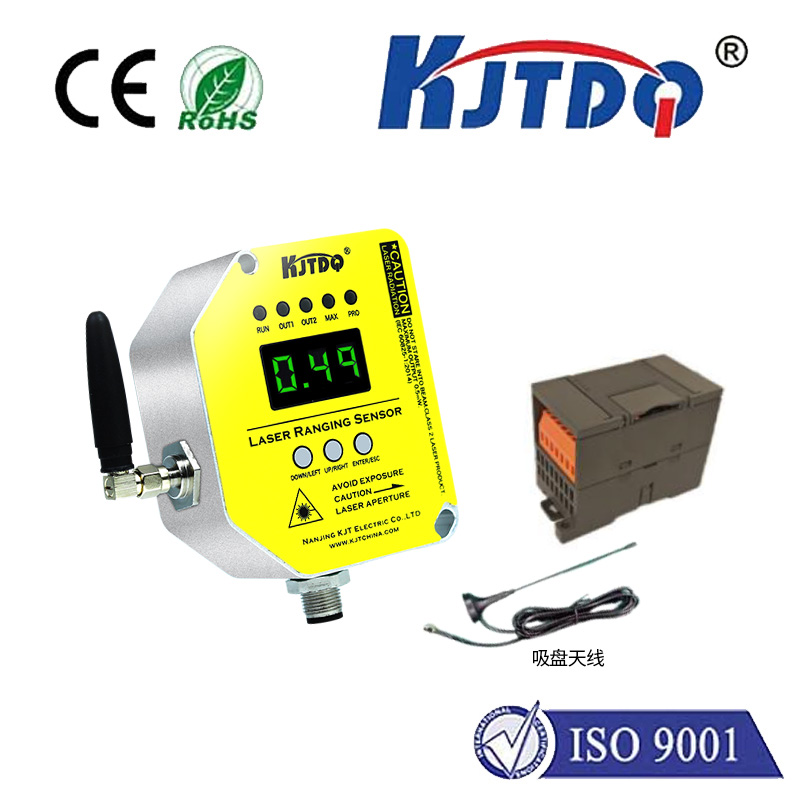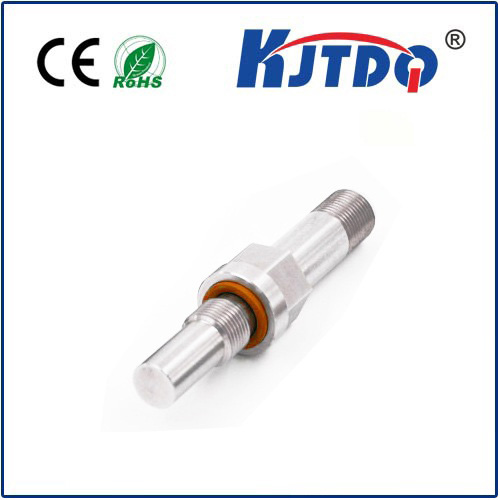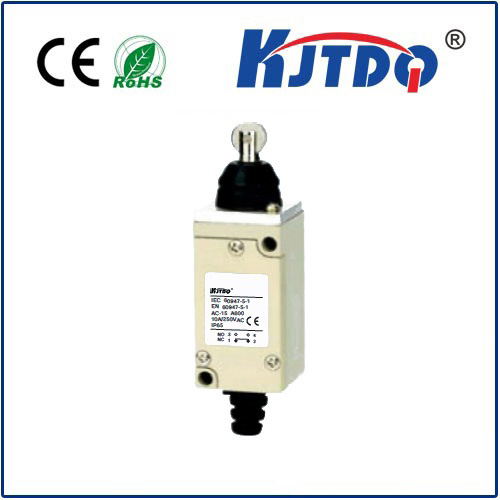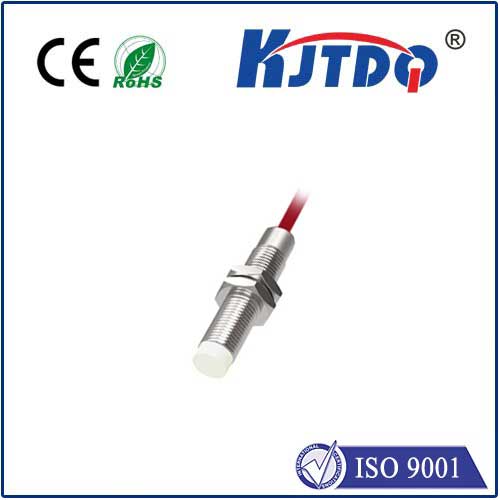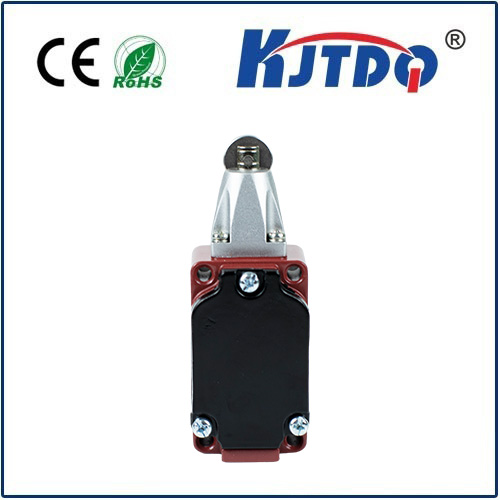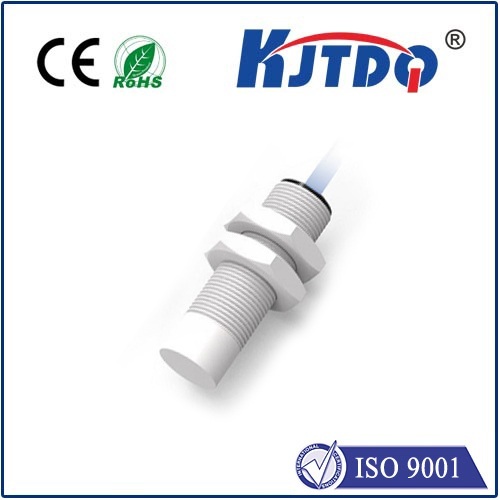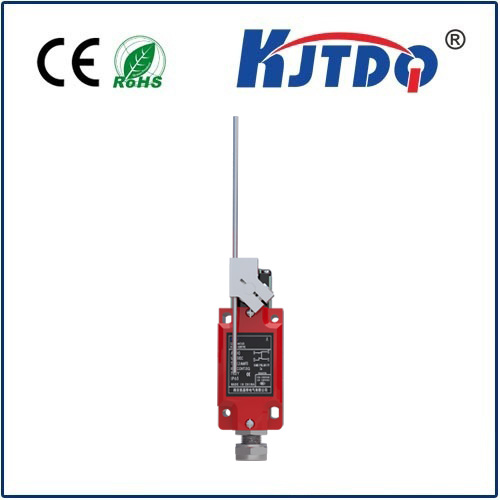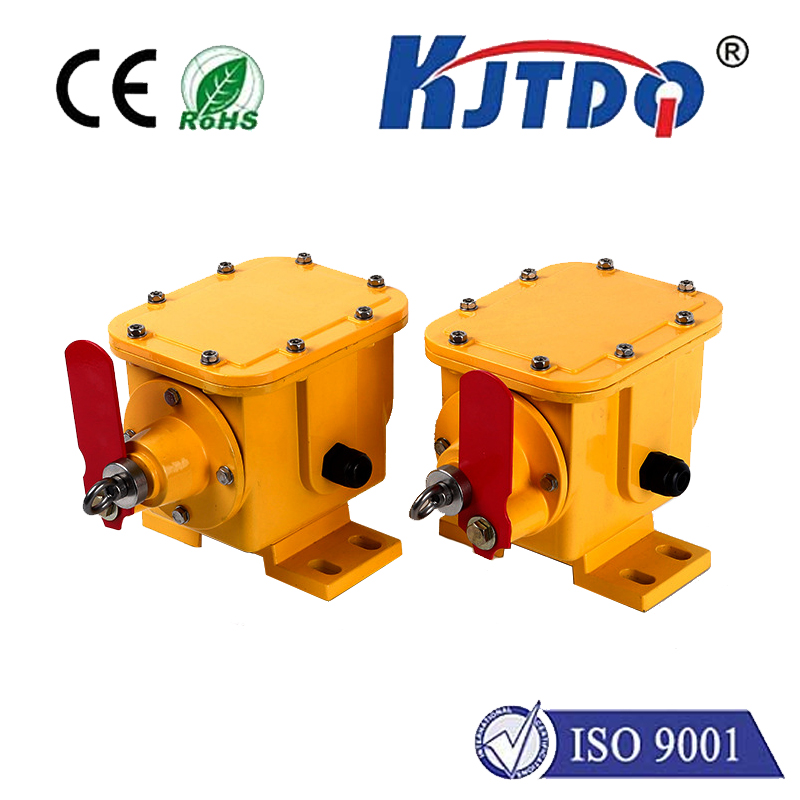

check

check

check

check

check

check

check

check

check

check
In today's rapidly advancing technological landscape, the humble small inductive sensor is playing an increasingly crucial role. These tiny devices are capable of providing a wealth of data in a variety of environments, making them indispensable tools for engineers, researchers, and professionals across many sectors. This article aims to provide a comprehensive overview of what small inductive sensors are, how they work, and their wide-ranging applications in modern society.
Section 1: Introduction to Small Inductive Sensors
Small inductive sensors are essentially electronic devices that convert a physical stimulus, such as a magnetic field or electrical current, into an electrical signal. They can be used to detect a wide range of physical parameters, from temperature to humidity, pressure, and many more. One of the key advantages of these sensors is their small size and versatility, which makes them suitable for use in a variety of challenging environments.
Section 2: How Small Inductive Sensors Work
The working principle of a small inductive sensor is based on the interaction between a magnetic field and a changing magnetic field induced in a coil of wire. When a current-carrying wire is placed within this magnetic field, it produces an electromagnetic field that interacts with the external magnetic field. This interaction results in a change in the electric current flowing through the wire, which can be measured and used to infer relevant information about the external environment.
Section 3: Applications of Small Inductive Sensors
Small inductive sensors have numerous practical applications, particularly in fields where precise and reliable data acquisition is essential. Some examples include:
Environmental monitoring: These sensors can be used to measure temperature, humidity, air quality, and other environmental parameters.
Automotive industry: They are widely used in automotive systems for sensing and measuring various parameters like engine performance, tire pressure, and so on.
Medical technology: In medical devices like MRI machines, these sensors are used to sense the changes in electrical signals caused by the body's internal organs.
Consumer electronics: They are used in smart home devices to detect motion, light levels, and other environmental parameters.
Conclusion: Small inductive sensors have come a long way since their inception and have proven themselves to be invaluable tools in a wide range of industries. As technology continues to advance, it is likely that these sensors will become even more sophisticated and versatile, opening up new frontiers in data collection and analysis.

